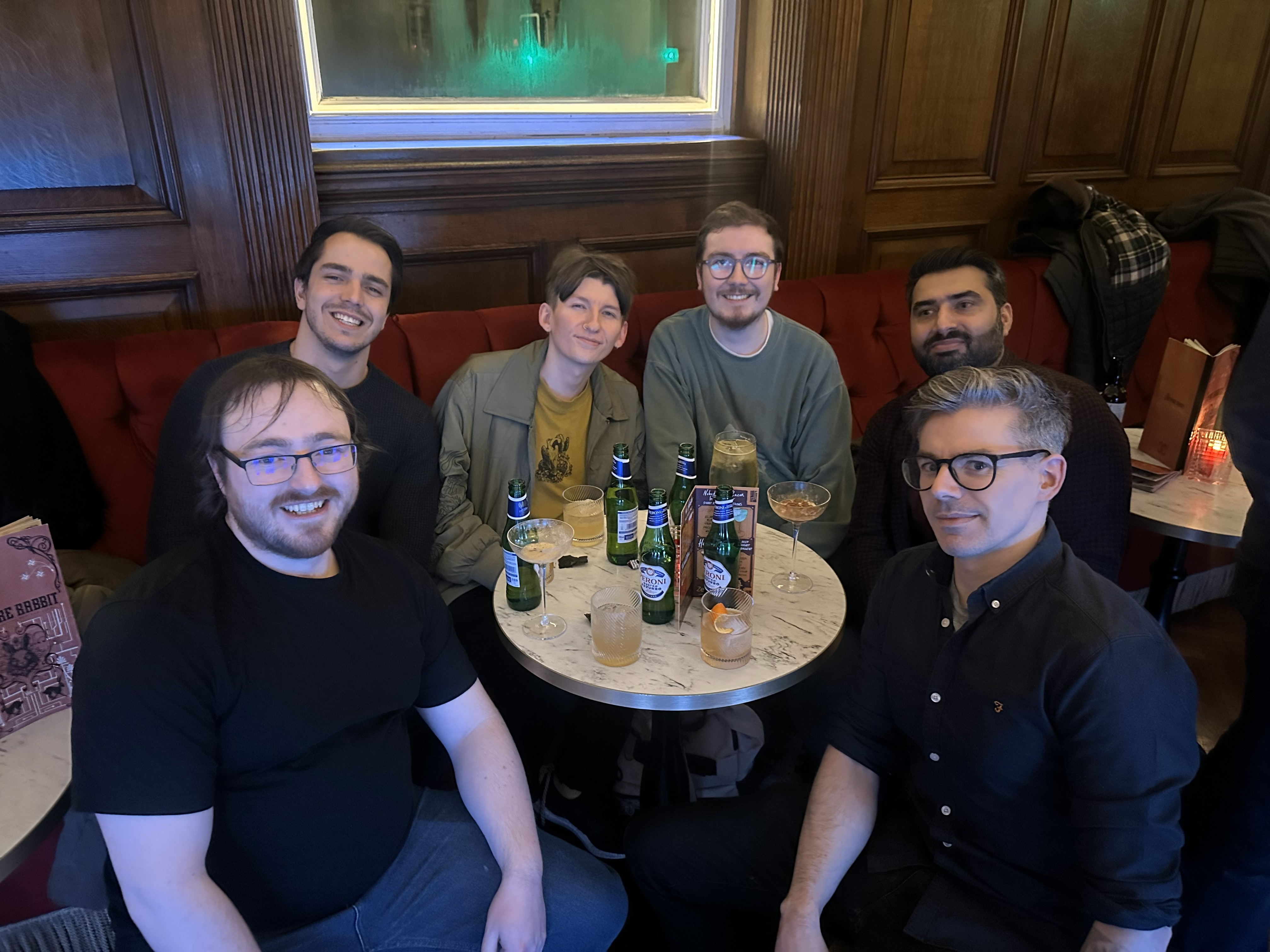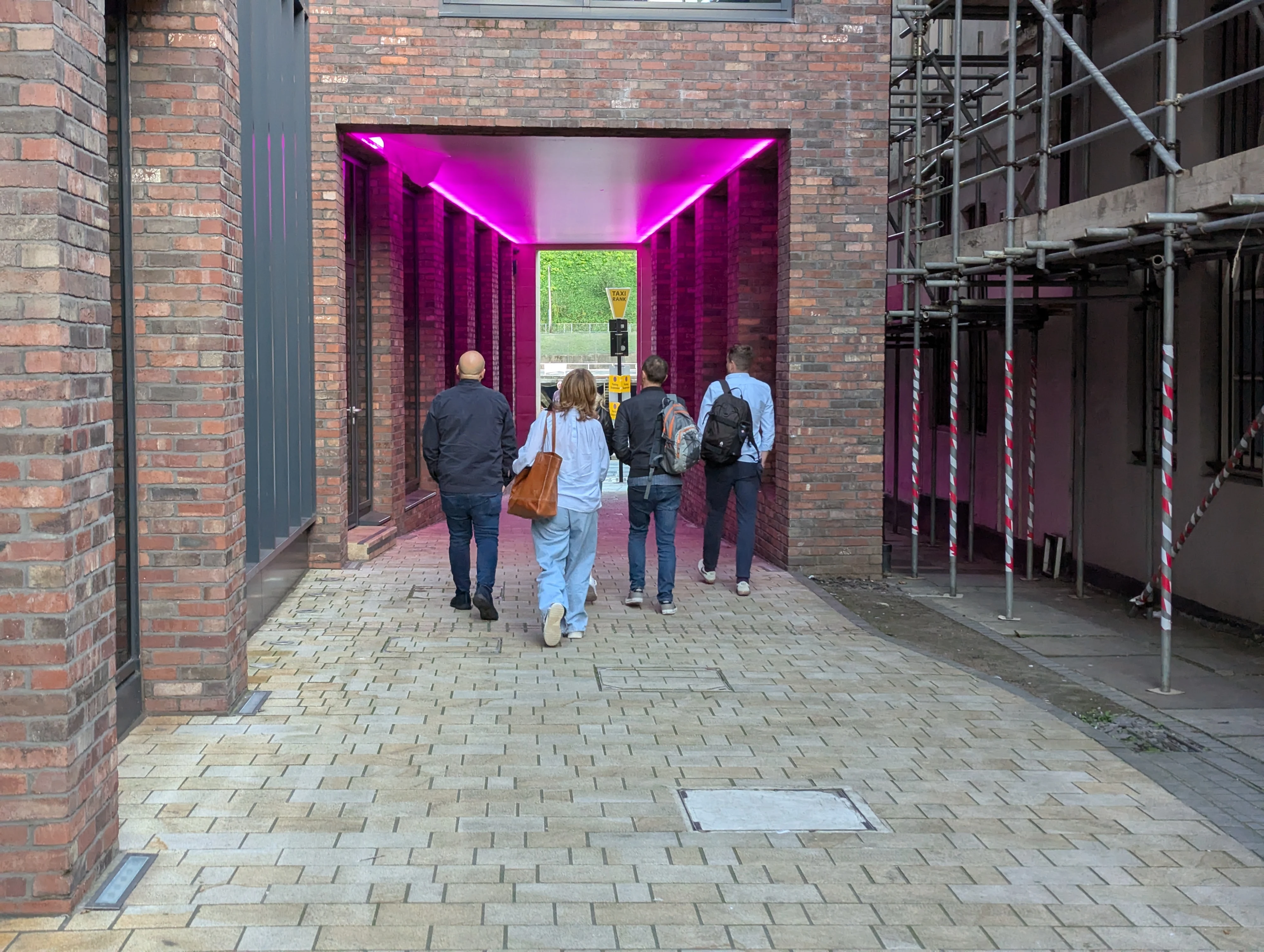AI is a hotly debated topic at the moment. As with any new technology, there is a lot of uncertainty around how AI will impact people’s everyday lives.
Our Visualisation Tech Team, who handle all our R&D, have been following the development of AI for many years. We therefore asked Andrew, Senior Software Engineer to share some insights into how AI is impacting the automotive industry and how we use AI at ZeroLight.

How has AI changed over the years?
Machine learning and AI systems have been used for many years to support and automate day to day tasks. In fact, the majority of speech and text recognition apps you may have encountered will be supported by a machine learning backend. Machine learning is also great at plotting out data from very complex problems and used more and more frequently for this.
Any researcher or developer encountering 'AI' models of the last 15 years would usually be faced with something like a neural network or support vector machine, software solutions which are very efficient at receiving high-dimensional datasets and spotting patterns (high dimensional datasets are data with lots of parameters to consider - take the example of a car sale, parameters for each sale might include date, location, multiple fields for the spec and configuration of the car, even customer information covering lots of parameters too!)
AI has developed at a rapid pace and the more advanced Deep Learning (often referring to neural network paradigms with many layers behind them, hence the name 'deep') systems of recent years are able to combine multiple objectives to handle much more advanced output behaviour, supercharging the development of technology such as self-driving vehicles and autonomous warehouse drones.
You might think this is already exciting enough, but the AI 'revolution' of the last few years centred heavily around two major developments - LLMs and diffusion models.
Large Language Models are trained on huge datasets to perform natural language processing (The well-known OpenAI GPT-3 model was trained on around 570GB of text data!) and enable conversational interactions. The access to such enormous datasets have resulted in tools such as ChatGPT being useful for providing quick reference across many different industries and even more specific 'prompt engineering' can see these systems be used to provide advice on a wide range of niche functions, such as writing marketing material or generating creative starting points.
Diffusion models are a form of Generative AI. Systems like MidJourney and Stable Diffusion essentially train an AI model on diluting input images and prompts down to low level noise and reconstructing this. With a large dataset this allows users to generate new images and even video based on a simple prompt or input image. This eliminates many large technical barriers for people wanting to create quick creative content and allows many people to simply get straight into making things that otherwise would take a large amount of time coming up with initial concept images.
How do we use AI at ZeroLight?
At ZeroLight, AI can be used in varying degrees across different projects. Some of the simplest examples are in automating pieces of test suites which can be ran nightly, relieving some of the QA burden on continuous development and freeing up resources for maintaining important release schedules. On the other side of things, LLMs are great to be used as an aid tool when pre-planning or outlining the basic structure for written documents. It’s very important that these are only used as aid tools and not to rely directly on the output though, as a limitation for the datasets used and LLM models in general is that they can sometimes produce factually incorrect statements.
Looking at Generative AI, we see a very exciting opportunity for allowing even quicker content creation and we believe that this can work hand in hand with our easy to use content authoring tools in SpotLight. This is a great way to allow anyone with an idea in mind (but not necessarily the technical skills to execute this) to be able to create high quality, professional marketing content in a matter of minutes, as well as being able to prototype scenes and environments quicker than ever before!
How is AI impacting the automotive industry?
AI is having a transformative impact on the automotive industry. Along with the rapid development of autonomous vehicles, other aspects of the driving experience such as parking sensors, adaptive cruise control and more are using AI to create an adaptable experience that is fine-tuned to the individual driver and their personal vehicle.
Along with this we have seen the in-cabin experience receiving the AI overhaul treatment, with infotainment screens receiving a host of new features powered by AI models including much smoother conversational speech between the driver and the on-board computer when sending messages, taking calls and following sat-nav directions. The IoT (internet of things) means that more than ever many cars can be linked to your personal devices and adapt to patterns of behaviour, such as pre-warming vehicles in cold climates before a regular trip or enabling electric vehicle charging during predicted dips in local live-tracked energy tariffs.
What do you think the future of AI looks like?
The future of AI is wide open right now, with many applications in healthcare and education only just beginning to be thoroughly looked at, but we can already see that the last few years have given rise to a countless number of niche task performing AI models and have already began removing the barriers to entry in creative fields for people who just want to try out making new things. As we move forward we should also try to remain mindful that AI and Generative AI can be used as an aid tool to speed up development, allowing skilled users to use streamlined workflows to create even more rich vast games, immersive experiences and more. It's important that we consider the security and ethical arguments ongoing around AGI (artificial general intelligence) as we create more and more complex models that approach this milestone.
Right now though, it feels only fair to ask an AI this exact question! Here's what ChatGPT had to say about the future outlook -
The future of AI is an exciting frontier where technology and creativity come together to make life more vibrant and connected. Imagine a world where AI seamlessly enhances our daily experiences, from smart homes that anticipate our needs to personalised learning tools that help us grow in new ways. As AI continues to evolve, it promises to empower us to solve complex problems, unlock new forms of creativity, and build a more inclusive, innovative, and compassionate future. The possibilities are as boundless as our imaginations, and we're just beginning to explore what's possible!












